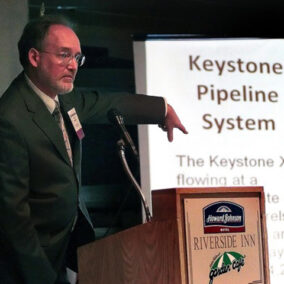Financial Benefits to Midwestern Coal-Fired Power Plants from the Inflation Reduction Act of 2022
To create example of potential tax credits available to the coal industry, I prepared a spreadsheet (below) calculating examples of the maximum potential annual 45Q tax credits that could be claimed by 26 large Midwestern coal power plants (each with emissions of greater than 1 million metric tons of CO2 per year), if they installed carbon capture equipment and captured 100% of their 2020 emissions (emissions data from USEPA FLIGHT database). Again, it is unlikely that these coal power plants would capture 100% of emissions, and it would take years to develop CCS projects, but the estimates are intended to provide a sense of the scale of the financial benefits that could be provided to coal power plants and the potential for grossly excessive one-size-fits-all tax credit awards due to variations in carbon capture costs at different plants.
The estimates show that the maximum annual tax credits would range from $85 million to $1 billion, per year, per plant, depending on the size of the plant. Given the variable costs of carbon capture, the 45Q program could provide tax credits 18% to 113% above breakeven costs, or, depending on the size of the plant, roughly $13 million to $500 million per year, per plant, above breakeven. This analysis indicates that the IRA would make CCS economically viable at a large proportion of coal plants in the US and potentially provide tax benefits far in excess of CCS project costs, meaning the 45Q tax credit could directly subsidize the coal industry.
Paul_Blackburn_Coal_Plants_Report







